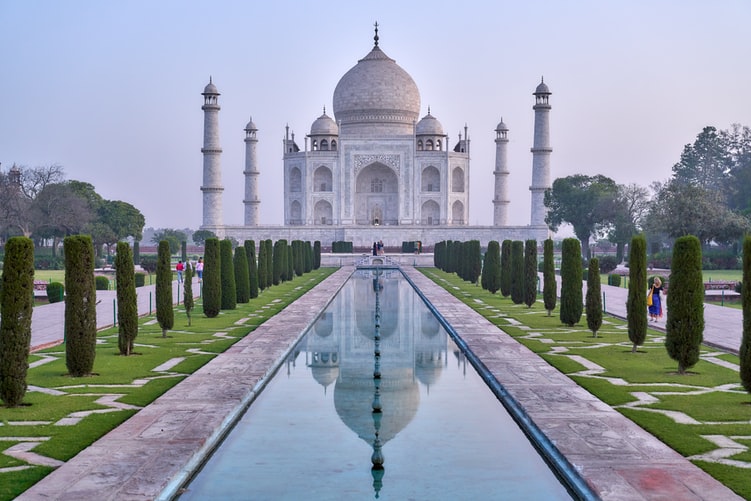How Indian Standard Time Began

Have you ever wondered how time zones were created? What about the additional time zones used by other countries? Initially, there were 24 time zones with a one-hour time difference. But since some countries think this is not always practical, they have added a 30-45 minute time difference.
If you live in India or plan to visit the country, it is essential to know what time zone it follows. The country observes Indian Standard Time or also known as IST. This time zone is five hours and thirty minutes ahead of Greenwich Mean Time (GMT). Indian Standard Time is calculated based on the 82.5 degrees East longitude from a clock tower in Mirzapur near Allahabad.
The Indian Standard Time was adopted on September 1, 1947, and was introduced to the country as its official time. This time zone is observed throughout the country. It follows a time offset of UTC + 5.30. Unlike other countries, India does not observe Daylight Saving Time.
In regards to India’s time zone, the country first received its cohesive time zone in 2802. Thanks to the John Goldingham, a British astronomer because he established the longitude of Chennai as 13°5′24″N, 80°18′30″E. This made the country precisely five hours and thirty minutes ahead of GMT.